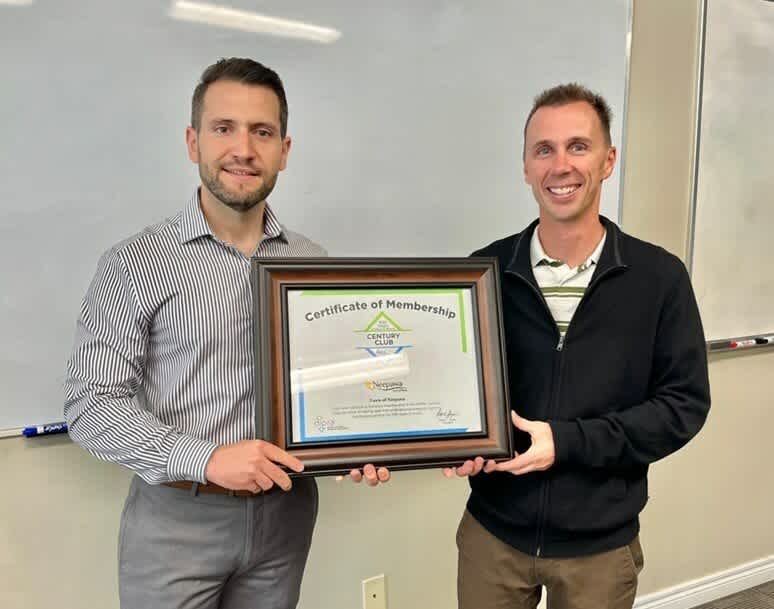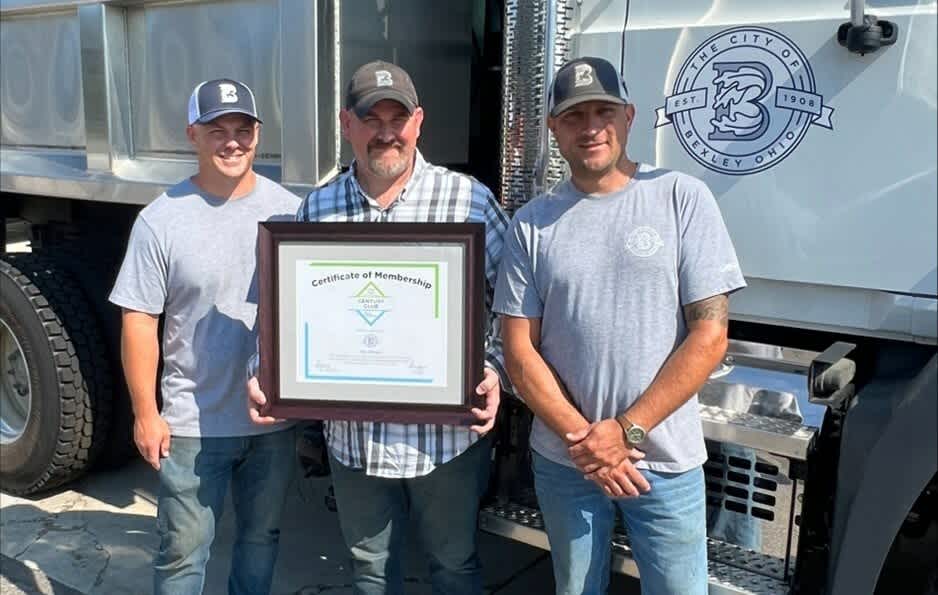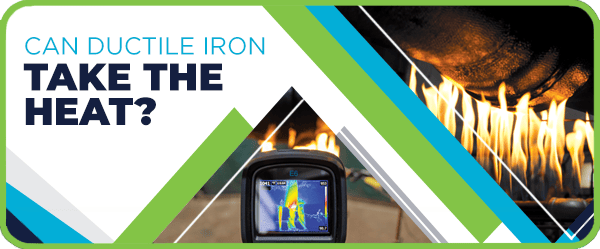HDPE failures are accelerated by aggressive conditions that result in the oxidative degradation of the material.
Failures of HDPE pipes have been documented in quite a few locations. DIPRA recently commented on premature failures of HDPE pipe in Hamilton, OH ( and ) after only 20 years in service, but Hamilton isn’t the only municipality to experience premature failures of HDPE pipe. One website with the not-so-subtle URL of reports on many of these, presenting cases of HDPE failures in Dalton, GA; Santa Rosa County, FL; Corpus Christi, TX; Anderson, IN; Hernando County, FL; and others.
That being the case, the last thing we might expect from HDPE pipe would be a change in the design that increases the allowable stress in the pipe walls.
The Greater the Stress, the Sooner Plastic Pipe Fails
HDS = (HDB)(DF)
In the 2007 revision of the AWWA standard for polyethylene pipe, the HDB for the highest grade of HDPE (PE 3408) was 1,600 psi. The Design Factor of 0.50 resulted in a design stress of 800 psi. In the 2015 revision of the same standard, a new polyethylene material was introduced, PE 4710. PE 4710 has the same HDB as PE 3408 (1,600 psi), but the Design Factor had been changed from 0.50 to 0.63, which means that, despite the fact that the HDB is the same, the allowable design stress has increased to 1000 psi.
It is the HDS that is used to determine the pressure rating for HDPE pipe:
PC =
(2)(HDS)(FT)
DR-1
Where FT is a temperature factor, since higher temperatures (above 80°F) weaken the material. As a consequence, the pressure rating for DR 9 HDPE has risen from 200 psi to 250 psi just by increasing the allowable stress. But plastic pipe fails as the result of a stress applied over a period of time and the greater the stress, the sooner it fails.
Acceleration of Failures
The change to the Design Factor for PE 4710 HDPE is rationalized by the claim of a longer time to failure. Ultimately, failure occurs due to the degradation of the HDPE to the point that a very small strain results in a brittle failure. In fact, HDPE failures are accelerated by aggressive conditions that result in the oxidative degradation of the material. Take a look at the HDPE failures in municipalities, mentioned earlier. For Hamilton, it was a chlorinated disinfectant used to keep its water safe for drinking. For others, it was inadequate backfill and/or poor joint fusion,,.
The recurring question: why choose a pipe with a history of vulnerability when a proven, resilient Ductile iron pipe is ready to serve when the demand is for safe water and reliable delivery.
For more information, see .






